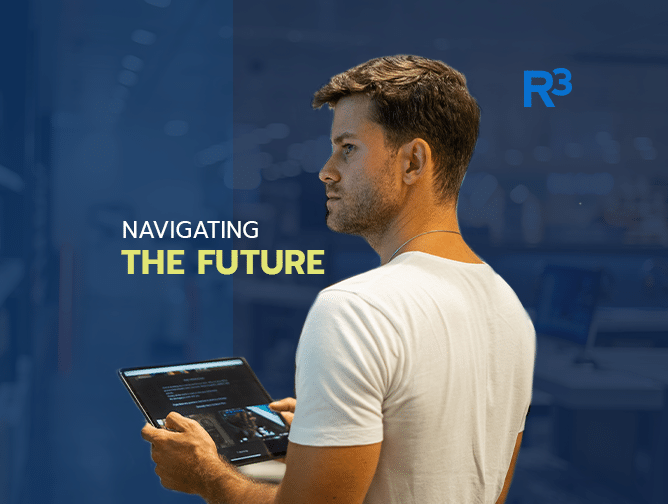Navigating the Future: Advanced Verification Procedures and Technologies in Cybersecurity

As cyber threats become more sophisticated by the day, traditional security measures no longer suffice. This necessitates a shift towards more advanced verification procedures and technologies that not only detect but also prevent unauthorized access to sensitive information. In this article, we delve into the cutting-edge advancements that are setting new standards in cybersecurity practices.
Multi-Factor Authentication (MFA)
Gone are the days when a simple password was enough to protect your digital presence. Multi-factor authentication has emerged as a cornerstone of modern cybersecurity strategies, requiring users to provide two or more verification factors to gain access to a resource. This can include something you know (e.g., password), something you have (e.g., a security token), or something you are (e.g., biometric verification). By layering these different types of authentications, MFA significantly reduces the risk of a breach.
Biometric Verification
Biometric verification technologies have taken personal security to a new level, using unique physical or behavioral characteristics such as fingerprints, facial recognition, and voice patterns for identification and access control. The sophistication of biometric systems makes it exceedingly difficult for unauthorized users to mimic or replicate these characteristics, thus providing a robust defense mechanism against identity theft and fraud.
Behavioral Analytics
Behavioral analytics is a dynamic approach to cybersecurity, focusing on how individuals interact with applications and systems. This technology uses machine learning algorithms to establish a baseline of normal user behavior and continuously monitors for deviations that could indicate malicious activity. For instance, if a user suddenly attempts to access a high-value resource for the first time or downloads an unusually large amount of data, the system can flag these actions for further investigation.

Download 6 Common Cyber Attacks & How to Prevent Them
Check out our free eBook on 6 Common Cyber Attacks and How to Prevent them.
Zero Trust Architecture
The Zero Trust model operates on the principle that no entity inside or outside the network should be automatically trusted. Instead, it requires continuous verification of all users and devices attempting to access any part of the network. Implementing Zero Trust involves micro-segmentation of networks, least privilege access controls, and rigorous identity and device authentication. This approach minimizes the attack surface and limits the potential impact of breaches.
Quantum Cryptography
Looking towards the horizon, quantum cryptography represents the frontier of cybersecurity technology. It leverages the principles of quantum mechanics to secure data in a way that is virtually immune to conventional hacking attempts. One application of quantum cryptography is Quantum Key Distribution (QKD), which enables the secure exchange of encryption keys, ensuring that any attempt at interception would be immediately detectable.
The Path Forward
As cyber threats continue to evolve, staying ahead of the curve requires constant vigilance and adaptation. The integration of advanced verification procedures and technologies into cybersecurity practices is not just an option but a necessity for protecting the integrity of digital infrastructures. From multi-factor authentication and biometric verification to behavioral analytics, Zero Trust architectures, and the promise of quantum cryptography, these innovations offer powerful tools in the fight against cybercrime. However, it’s important to remember that technology alone is not a panacea. A comprehensive cybersecurity strategy must also encompass education, policy development, and a culture of security awareness to effectively mitigate risks and safeguard our digital future.
Embracing these advanced methodologies will not only enhance security postures but also foster a more resilient digital ecosystem capable of withstanding the challenges of tomorrow. As we navigate this complex landscape, the focus must remain on developing and deploying solutions that are as dynamic and adaptable as the threats they aim to neutralize.





